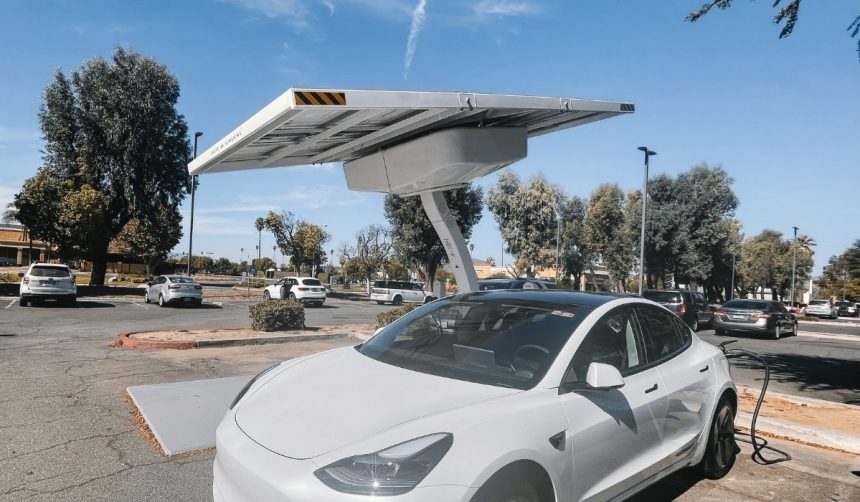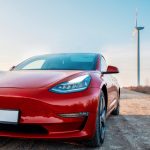Investors are eyeing Tesla’s latest financial results as a key moment for the electric vehicle maker’s momentum and market standing. Following a surge in deliveries and energy storage deployments during Q3 2025, stakeholders are questioning whether the company’s growth will remain sustainable. As Tesla heads into its earnings call, the balance between revenue gains and shrinking profits has drawn increased scrutiny from analysts and shareholders. Industry observers are also closely following upcoming discussions regarding CEO Elon Musk’s compensation plan, which has sparked debate about its impact on Tesla’s strategic vision and stability.
Recent news on Tesla earnings releases often highlighted concerns about profit margins, with some quarters seeing speculation about the sustainability of growth fueled by aggressive pricing. While past expansions in Tesla’s energy segment were regularly noted as potential mitigators for lower car margins, the company consistently faced questions about the balance between volume growth and profitability. Discussions involving Musk’s compensation repeatedly surfaced as potential distractions or points of tension, reflecting a pattern still present in the current earnings cycle.
Is Tesla’s Delivery Growth Coming at a Cost?
During Q3 2025, Tesla delivered 497,099 vehicles, setting a new benchmark for its automotive business. However, analysts anticipate a year-over-year decline in profit per share, estimating a decrease of about 25% despite a modest revenue uptick. Much of the boost came from sales pushed through before the expiry of the U.S. federal EV tax credit in September, which may pull demand forward and reduce Q4 sales volumes. To meet delivery targets, Tesla utilized inventory reserves, raising questions about future sales consistency.
How Are Automotive Margins and Cost Pressures Shaping Results?
Analyst forecasts put Tesla’s core automotive gross margin, excluding regulatory credits, in the range of 16.5% to 17%. This trend reflects the impact of price reductions in recent quarters, which have made Tesla’s models more accessible but squeezed margins. If margins fall below the lower end of expectations, investors might interpret this as a sign of heightened cost challenges for the company in subsequent quarters. Addressing these cost concerns will be key for Tesla’s strategy moving forward.
What Role Do AI and Energy Segments Play?
The company’s energy division, bolstered by 12.5 GWh of deployed storage in Q3, is expected to help offset narrower profits from vehicle sales. Demand from AI data center projects contributed to this growth, positioning the segment as a potential buffer against automotive volatility. Tesla’s valuation remains heavily rooted in optimism about its artificial intelligence offerings and self-driving ambitions. According to executives,
“AI and robotics initiatives are integral to Tesla’s future growth,”
underscoring the link between technological advancements and Tesla’s premium stock price. As Full Self-Driving and Robotaxi updates are anticipated, investors will be evaluating how these projects contribute to overall company performance.
Discussion on Elon Musk’s proposed CEO Performance Award is anticipated during the earnings call, given proxy advisory concerns. Musk has previously stated,
“If shareholders reject the plan, it could affect our strategic direction in AI.”
This added layer of executive compensation deliberation is likely to influence market sentiment regarding management priorities and longer-term innovation plans.
When evaluating Tesla’s current position, several aspects stand out for investors and industry followers. The company’s record deliveries and expanded energy storage operations highlight its ability to push the envelope in the EV and energy markets. Nevertheless, recurring challenges related to thinner automotive margins, inventory management, and high expectations for artificial intelligence create a complex landscape to navigate. For readers interested in electric mobility or green energy, Tesla’s quarterly performance is especially telling: operational growth remains dependent on market incentives, cost discipline, and successful rollout of new technology. Monitoring these ongoing factors is essential to understanding the broader dynamics shaping Tesla’s business and its impact on the industry’s evolution.










